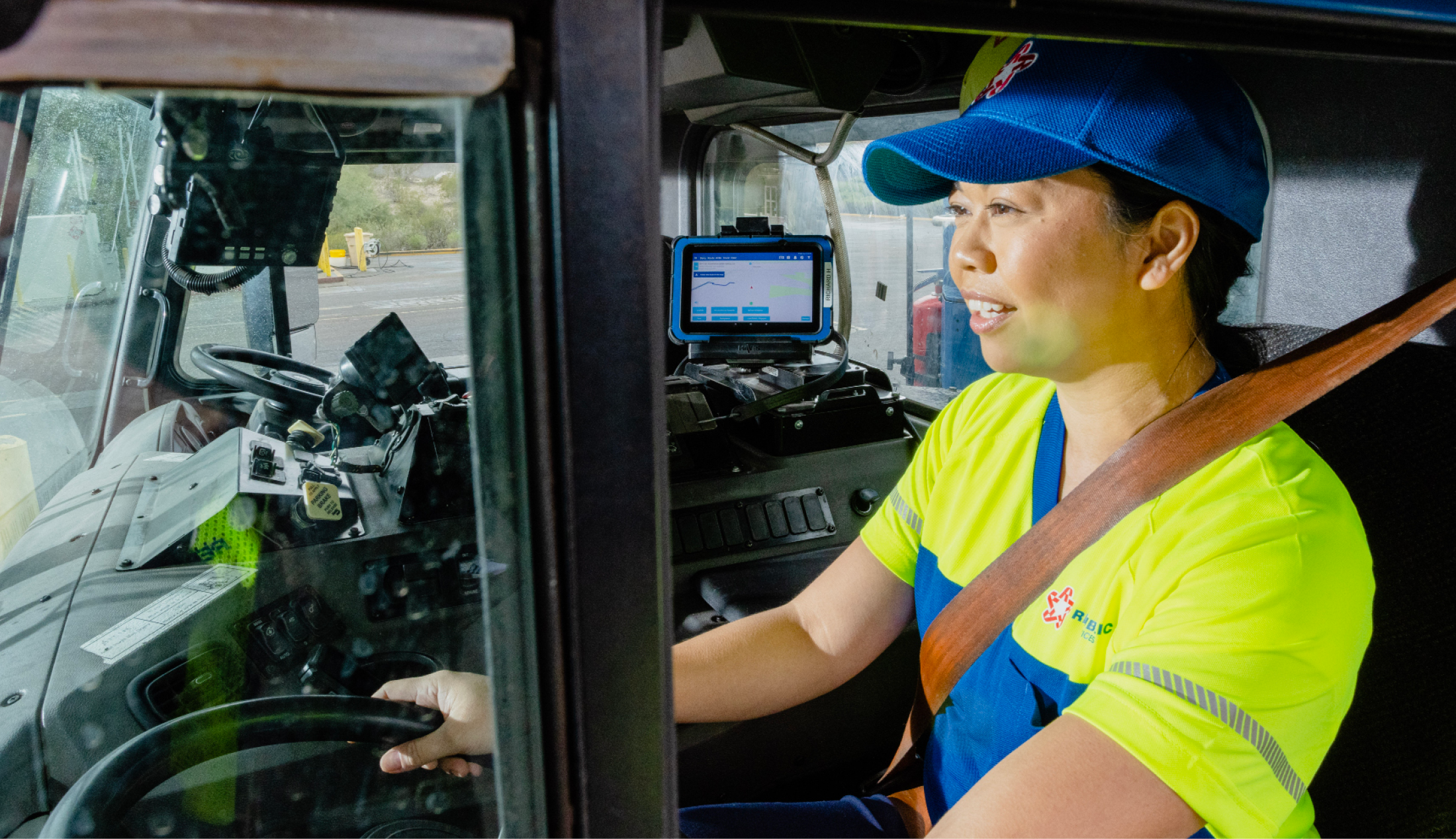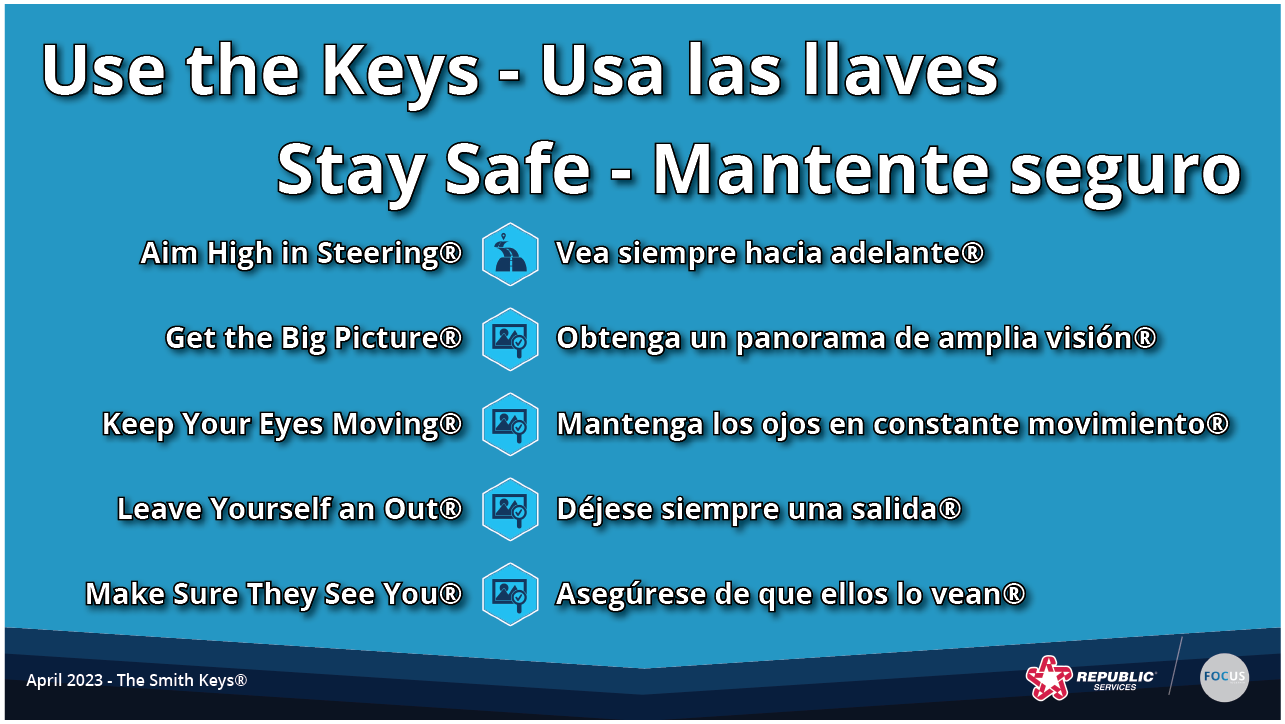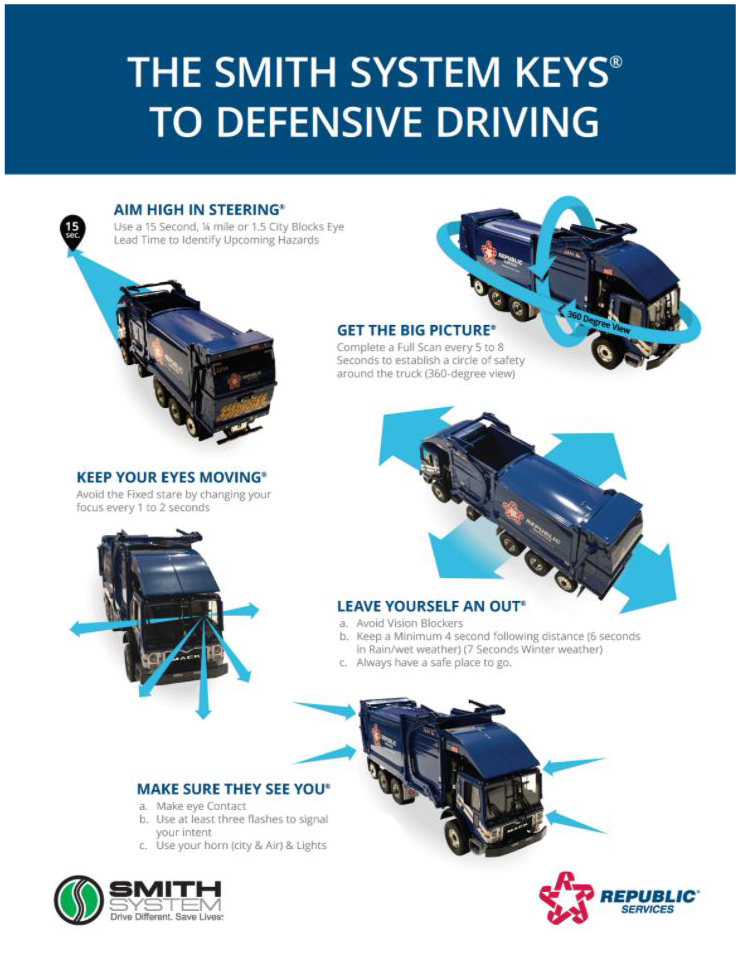Rev up your enthusiasm for safe driving because we’re about to unlock the secrets of the Smith System! Whether you’re a driving pro, like our drivers, or an everyday road warrior, mastering the art of defensive driving is within your reach. In this article, we’ll take you on a journey through the five empowering principles of the Smith System, igniting your passion for safety and paving the way for a remarkable driving experience. Get ready to embrace the road confidently and commit to safety like never before!
Aim High in Steering:
The first key to defensive driving is to “aim high in steering.” This principle encourages drivers to look ahead and be aware of their surroundings. By focusing your attention on the road ahead, you can anticipate potential hazards and react in a timely manner. Avoid fixating on the car directly in front of you and instead, scan the road ahead, looking for potential obstacles, pedestrians, or erratic drivers. Aiming high in steering enables you to maintain better control of your vehicle and respond proactively to changing traffic conditions.
Get The Big Picture:
To drive defensively, it’s essential to “get the big picture” by constantly observing and monitoring your surroundings. This means regularly checking your mirrors, using your peripheral vision, and being aware of blind spots. By maintaining awareness of what’s happening around you, you can detect potential dangers early on and take appropriate action. Remember to consistently check your mirrors and be mindful of vehicles approaching from different angles, allowing you to make well-informed decisions that prioritize safety.
Keep Your Eyes Moving:
“Keep your eyes moving” is another crucial principle of the Smith System. Instead of focusing on one fixed point, continuously scan your surroundings. This practice helps you detect potential hazards that might otherwise go unnoticed. For example, by regularly checking your mirrors, gauges, and road signs, you can identify vehicles merging into your lane or upcoming road hazards. Keeping your eyes moving maintains situational awareness and reduces the risk of accidents.
Leave Yourself an Out:
Defensive driving involves always being prepared for the unexpected. “Leave yourself an out” means maintaining a safe distance between your vehicle and others, allowing you to react swiftly in emergencies. Keep a cushion of space around your vehicle, ensuring you have room to maneuver or stop if needed. By leaving yourself an out, you reduce the chances of being involved in a collision caused by sudden braking, unexpected lane changes, or other unforeseen circumstances.
Make Sure They See You:
Visibility is key to defensive driving, and “make sure they see you” emphasizes the importance of being visible to other drivers. Always use your headlights, signal well in advance before turning or changing lanes, and maintain proper lane positioning. By making yourself visible to others, you increase the likelihood that they will anticipate your actions and make appropriate adjustments. This principle helps prevent accidents and ensures a safer driving environment for everyone.
The Smith System provides a set of valuable principles that can enhance the safety of every driver, whether they’re professionals or simply individuals commuting to work or running errands. By applying these keys to defensive driving—aim high in steering, get the big picture, keep your eyes moving, leave yourself an out, and make sure they see you—you can minimize risks on the road and contribute to a safer driving experience for yourself and others.
Remember, safety should always be a priority when behind the wheel and adopting the Smith System’s principles is a step towards becoming a more confident, aware, and defensive driver.
Please share this information with those close to you.


 Click to download PDF
Click to download PDF Click to download PDF
Click to download PDF